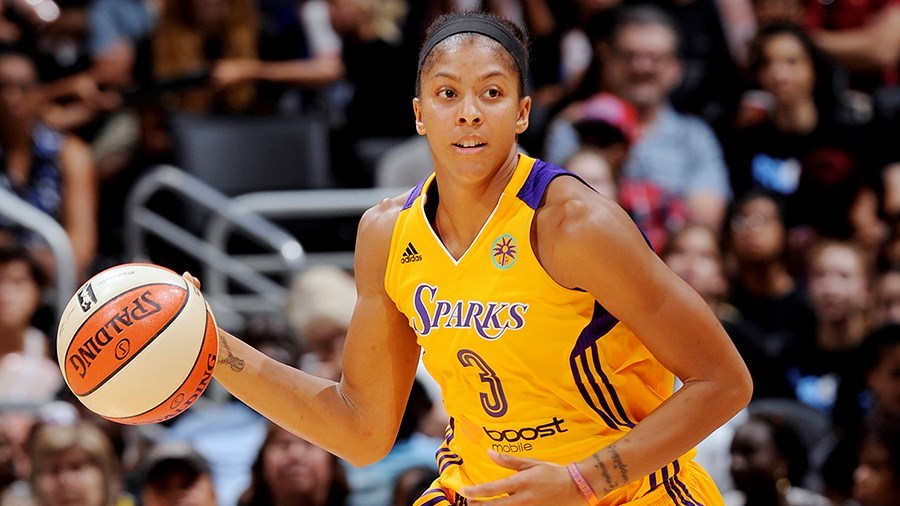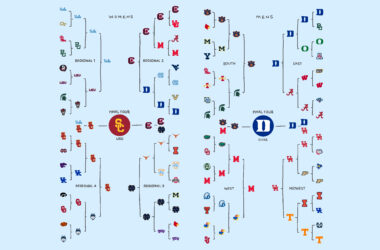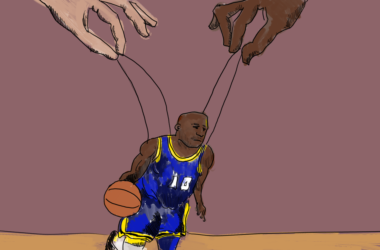The Women’s National Basketball Association (WNBA) agreed to a seminal new collective bargaining agreement (CBA) on Jan. 14. The agreement makes major updates to the working conditions, including changes in salaries, revenue sharing, maternity leave, and travel and accommodation. Additionally, maximum salary will increase almost 83 per cent to $215,000 from $117,500 per year. By 2021, the WNBA could be splitting revenue equally with the players, whereas it is currently estimated that players receive just 20 to 30 per cent of league revenue. The new agreement also provides maternity leave with full salary, and travel will now include individual—rather than shared—hotel rooms for every player.
This investment in the future of women’s basketball is a major breakthrough not only for the WNBA but also for women’s athletics at large, as other women’s professional leagues could use this agreement as a platform to revise their own bargaining agreements. WNBA players were one of several groups of American female professional athletes to challenge their leagues or governing bodies in the past two years when they opted out of their previous CBA in November 2018: In March 2019, the women’s national soccer team sued the US Soccer Federation (USSF), alleging gender-based pay discrimination. With the emergence and popularity of professional leagues all across the world, it is time that female athletes get their fair share of recognition and compensation.
Although the NBA is known for its competitive salaries and revenue sharing with male athletes, this new CBA defines the start of a new era for women’s basketball. It can and should be a catalyst to bridge the gap in salaries between men’s and women’s basketball in the long run. The NBA’s average salary is currently more than 85 times that of the average WNBA salary, but this new agreement could substantially increase the average salaries of players in the WNBA. By providing an additional incentive for athletes to join the league, the WNBA stands to be able to attract more talent and raise the level of play, making for more entertaining basketball and more viewership and sponsorships. Better salaries are a tangible outcome of the WNBA’s already increasing popularity.
Perhaps the most critical addition to the new CBA is the offer of fully paid maternity leave for players. Long overdue, this clause provides a qualitative change from the old bargaining agreement. The new policy will also help the league retain its talent, as women will not be forced into retirement if they want to have children. Returning to the sport after having a child is one of the hardest and most undervalued comebacks in sports; providing assistance in the form of paid maternity leave for athletes during pregnancy is an immensely supportive and necessary move by the league.
WNBA All-Star Candace Parker has long been vocal about the issue of maternity leave. Parker shared her experience of giving birth to her now 10-year-old daughter in an interview with NBA TV on Jan. 15. Her daughter was six weeks old when she returned to the court.
“I had to take my mom with me, because I nursed the first 15 months, but it was out of pocket, I had to pay for my own hotel room,” Parker said. “[But] those things are slowly getting better for mothers[.] We’ve made so much progress, but I’m hopeful that there’s more to come in the future.”
It is highly encouraging to see such a bargaining agreement come to fruition in a time when the prominence of women in sports is increasing. Although much more needs to be done to address the historical gender pay discrimination in sports, such as further reforming sponsorship deals and increasing female representation in coaching staffs, the new CBA is a significant step toward bringing parity in North American basketball.









This is a very well written article. It was nice to see finally somebody covering the CBA of the women’s game.